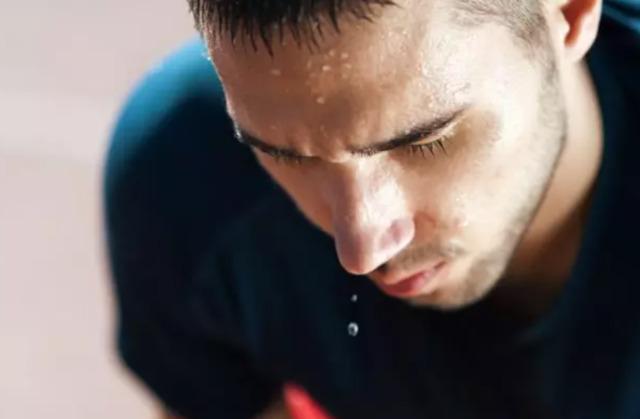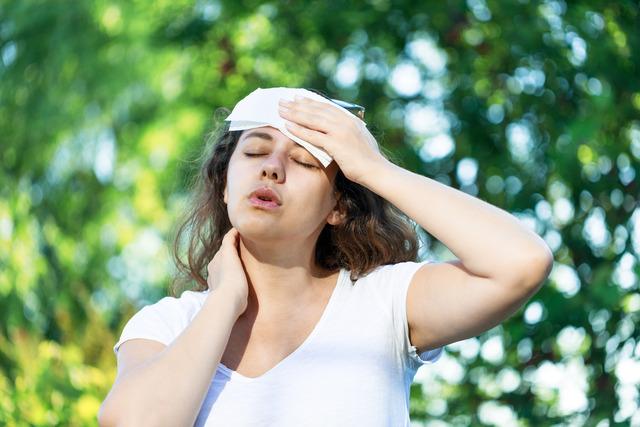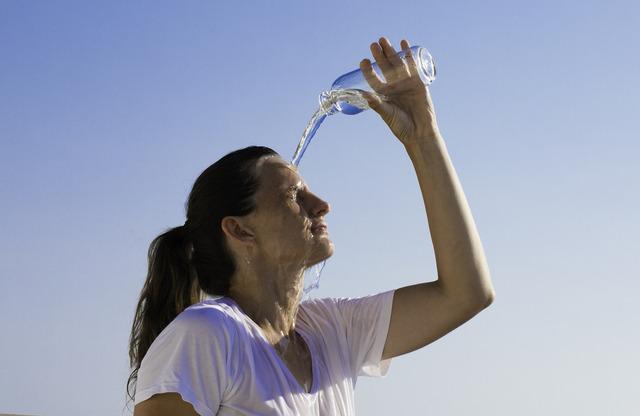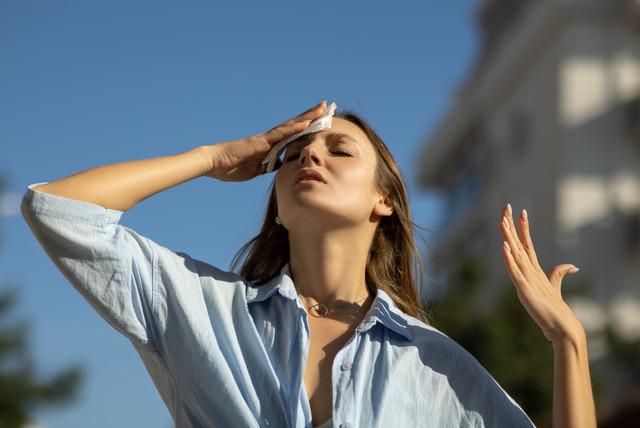Dr. stated that heat strokes are frequently seen in emergency rooms during the summer months. Lecturer Member Erdinç Şengüldür said, “With the effects of climate change, summers are now hot in most parts of our country. This makes heat strokes a serious public health problem. Our body has defense mechanisms that combat heat. With blood vessels expanding in the heat, more blood is pumped, especially to the skin. Sweating is another important defense mechanism. Some heat moves away from the body with evaporating sweat. When the outdoor temperature exceeds body temperature, it becomes impossible to transfer body heat to the outside environment. “Especially in humid weather, heat transfer through sweating becomes difficult as evaporation decreases,” he said.
“IT HAS A NEGATIVE EFFECT”
Stating that high body temperature has a negative effect on all systems, especially the brain and nervous tissues, Şengüldür said, “When the defense mechanisms become insufficient to protect the body from heat, the risk of heat stroke arises. Heat stroke is a serious, life-threatening clinical condition that develops due to heat exposure. “Heat exposure is defined as impairment of consciousness and body temperature rising above 40 degrees.”

Describing the symptoms of heat stroke, Şengüldür said, “The two most important findings are impaired consciousness and body temperature above 40 degrees. However, hot red skin, palpitations, shortness of breath, shortness of breath, and a drop in blood pressure may be observed. Lesions called ‘petechiae’ and ‘purpura’ may appear on the skin due to heat-related coagulation disorders. “Patients may apply to emergency services with complaints of personality changes, hallucinations, seizures or loss of consciousness,” he said.
“HEAT STROKE IS MORE RISKY IN THREE AGE GROUPS”

Head of the Department of Emergency Medicine, Dr. Şengüldür said, “The three ages can be roughly defined as those under 4 years of age and over 75 years of age. Since the body’s heat management mechanisms are not yet sufficiently developed in young children, and in older people, these mechanisms do not work as efficiently as they used to, so heat exposure becomes deeper. Dehydration is less tolerable in young children and the elderly. People with chronic diseases, especially heart patients, are another risk group. Expanding blood vessels and increased heart rate due to heat increases the risk of heart attack in these people. People with mental illness, alcoholics, and homeless people who cannot protect themselves from heat are at risk for heat strokes. Heat strokes also occur in people who do excessive physical exercise in hot weather. “Heatstroke is the 3rd most common cause of death in young athletes,” he said.
“HEAT STROKE CAN BE FATAL”

Dr. points out that the recovery process of heat stroke patients is proportional to the severity and duration of heat exposure. Şengüldür said, “The majority of patients show clinical improvement after applications aimed at lowering body temperature. Patients may develop problems such as electrolyte disorders, heart rhythm problems, kidney failure, and liver damage. “Heatstroke can be fatal in people with long-term heat exposure,” he said.

Stating that people exposed to heat stroke should first be taken to a cool area, Faculty Member Şengüldür said, “Clothes should be removed and the body temperature should be reduced below 39 degrees. To reduce body temperature, the body should be wetted with water, curved areas such as the armpit and groin area should be moistened with wet towels, and ice should be applied. Gastric lavage with cold water can also be performed under hospital conditions. Antipyretic drugs are not given to heatstroke patients to reduce body temperature, they are ineffective. It is not safe to let patients with altered consciousness eat or drink; liquids and nutrients that enter the respiratory tract pose a danger. People who are conscious can be given salty ayran or water to drink. “Patients thought to have heat stroke should be brought to emergency departments,” he said.
“LOUGH QUANTITIES SHOULD BE DRINKED EVEN IF THERE IS NO FEELING OF THIRST.”

Şengüldür underlined that in order to be protected from heatstroke, it is necessary to stay in shaded areas during the noon hours when the sun is at its highest on summer days and said, “In hot weather, light-coloured, non-synthetic, thin summer clothes should be preferred. Work that requires excessive effort or performance-based sports in hot weather will make heat stroke easier. We recommend waiting until evening hours to exercise.

Even if you do not feel thirsty, we recommend drinking plenty of fluids, especially water. It is important to drink at least 3 liters of water a day on hot days to replace fluid loss caused by sweating. We recommend people working in unair-conditioned environments to ventilate their work areas frequently and not to forget to drink water. He concluded his words by saying, “Keeping the curtains closed is another precaution that will ensure that work areas become less hot.” (UAV)

